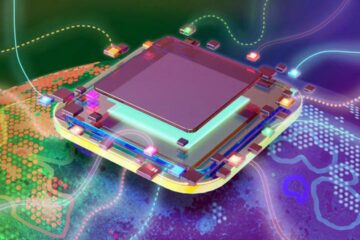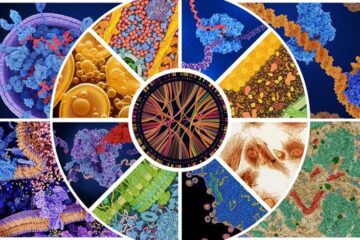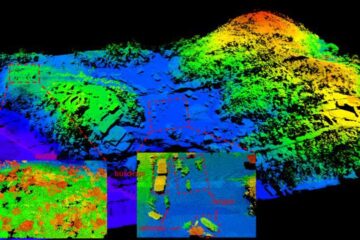Innovative Hybrid Interfaces

Chemists from the Osnabrück University have created new types of hybrid interfaces, whose redox active components contain components such as viologen as matrix and N-heterocyclic nucleobase-derivatives as head group. These novel hybrid interfaces have an interesting double function:
• Using the connection of a nucleobase derivative to a redox active molecule part, a conjugated π-electron system is created. Through this it is possible to change selectively the electrochemical properties with regard to an electrochrome material. • Using the molecule part of the nucleobase, the hybrid molecule has a bio-specific Base-Base recognition function. The hybridisation complementary bases (A-T and G-C for DNA after Watson and Crick) contain the key principle of many bio-technological verification systems, which target DNA verification. After the hybridisation, coupling reactions with verification reactants are necessary, which make the hybridisation occurrences visible. The novel hybrid molecule immediately creates this detection possibility using the redox active molecule part. In this way the hybrid interfaces are also suitable for the array-technology for bio-medical or genetic technological problems.
Further Information: PDF
innoWi GmbH
Phone: +49 (0)421/9600-711
Contact
Dr. Lieselotte Riegger
Media Contact
All latest news from the category: Technology Offerings
Newest articles

A universal framework for spatial biology
SpatialData is a freely accessible tool to unify and integrate data from different omics technologies accounting for spatial information, which can provide holistic insights into health and disease. Biological processes…

How complex biological processes arise
A $20 million grant from the U.S. National Science Foundation (NSF) will support the establishment and operation of the National Synthesis Center for Emergence in the Molecular and Cellular Sciences (NCEMS) at…

Airborne single-photon lidar system achieves high-resolution 3D imaging
Compact, low-power system opens doors for photon-efficient drone and satellite-based environmental monitoring and mapping. Researchers have developed a compact and lightweight single-photon airborne lidar system that can acquire high-resolution 3D…

















